India’s Oil Demand Drives CMB Tech Fleet Diversification
By Dimitri Rhodes Nov 7 (Reuters) – Belgian oil tanker company CMB Tech says it will focus on the fast growing market in India as it reported third quarter results...
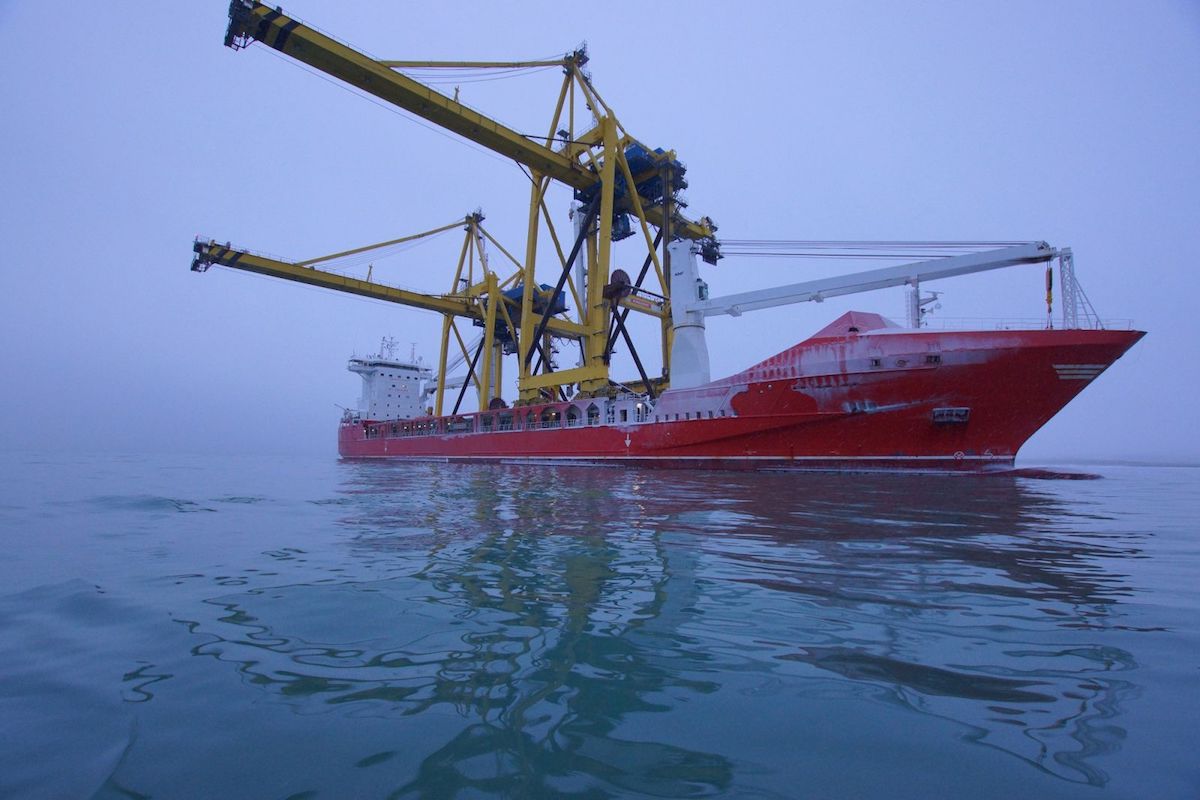
HHL Valparaiso arrives at the port of Vostochny, Russia after sailing through the North Sea Route. Photo: Zao SMM
Melting polar icecaps have allowed the Hansa Heavy Lift vessel HHL Valparaiso to successfully transport two ship-to-shore cranes via the Northern Sea Route.
The two cranes, weighing 820 metric tonnes each and measuring about 61 meters tall, were loaded on board the HHL Valparaiso in St Petersburg, Russia last October before making the journey through the Northern Sea Route to the port of Vostochny. Due to the configuration the cranes had to be shipped partially above and below deck.
Hansa says not only does the voyage represent the first STS cranes to travel through the NSR, the HHL Valparaiso is also the now the first vessel to sail open hatch through the route, which is covered by ice for the majority of the year and only navigable for about two months out of the year.
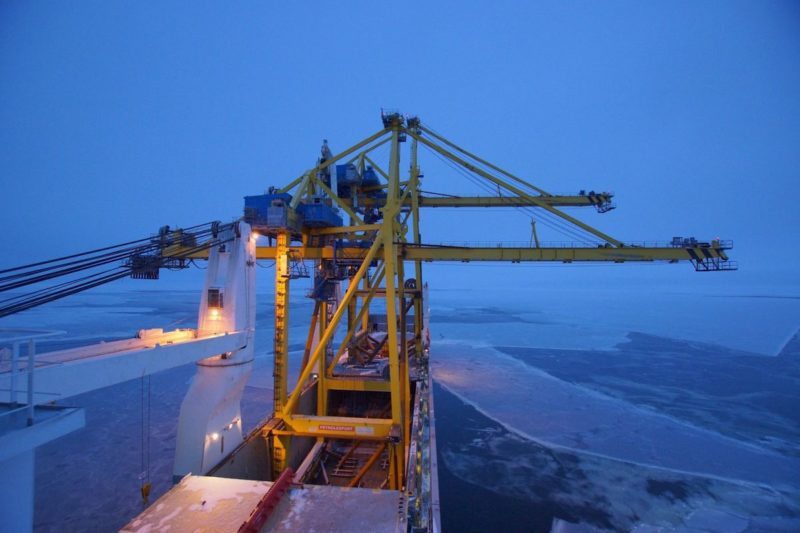
“The Northern Sea Route was the only viable option to complete this voyage in the required timeframe,” said Gleb Faldin, Commercial Manager at Hansa Heavy Lift. “In the Arctic there is no room for mistakes. During the passage, the vessel has limited connection and only a few points of shelter.”
“It is important to understand the legal framework to navigate the NSR, to plan carefully, to be prepared for the unexpected, and most importantly to have the right team on board the vessel and in the office,” Faldin added.
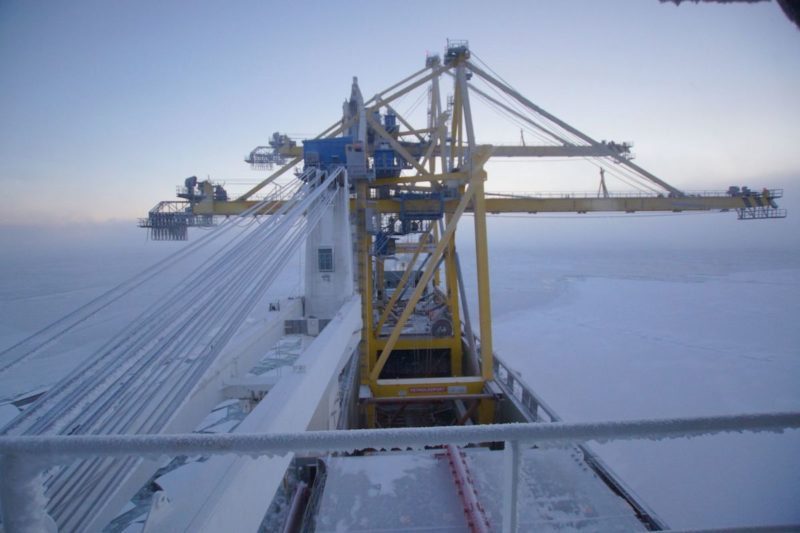
Faldin said a two-month delay in the cargo being ready meant the HHL Valparaiso had to be repositioned for the voyage, which which was originally planned for HHL Tokyo. Before loading the cargo in St Pertersburg, the Valparaiso had to travel from Qingdao, China, via the Northern Sea Route. The cargo had to be delivered to its destination by late November before the route completely froze over.
“The Northern Sea Route is an important alternative that can save weeks from a voyage, but to be successful you need careful planning and engineering, the right equipment, capable vessels, and experienced crews,” said Heinrich Nagrelli, Project & Transport Engineer at HHL.
“Due to the STS’s very high centre of gravity (CoG) at 30 metres above deck and 70 metres air draft, as well as draft restriction of 7.7 metres, a careful and detailed plan was needed from the start.
“This included a load spreading design and a structural analysis of the hatch covers and lower hold, a lifting stability assessment, a lifting simulation, fulfilment of Flag State requirements (open hatch, visibility, arctic weather conditions, COLREGs*), and the approval of the Russian Maritime Register of Shipping, as well as the arranging of ice breaker assistance,” said Nagrelli.
HHL Valparaiso holds Ice Class E3, equivalent to Russian Arc.4 (Finnish- Swedish Ice Class 1A).
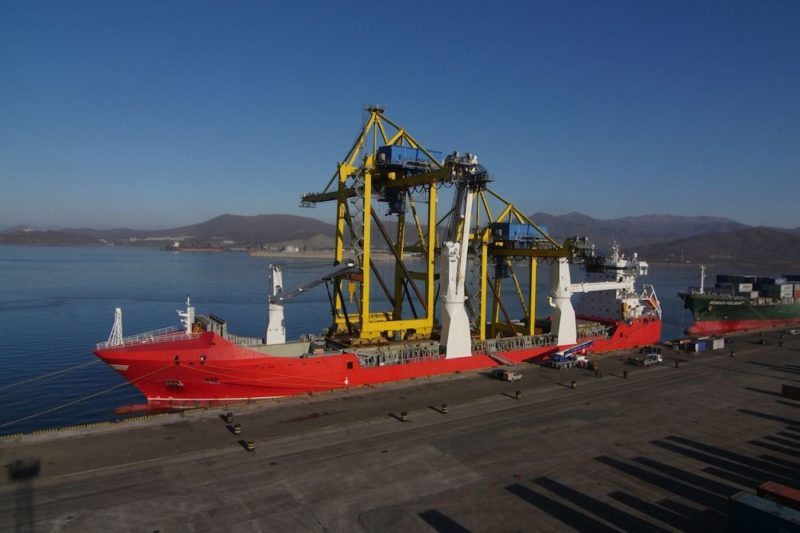
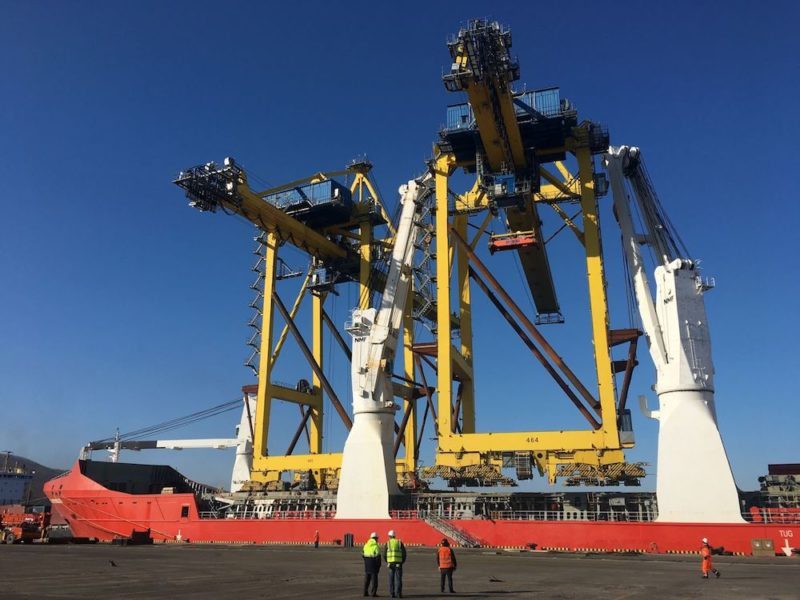

Sign up for gCaptain’s newsletter and never miss an update

Subscribe to gCaptain Daily and stay informed with the latest global maritime and offshore news


Stay informed with the latest maritime and offshore news, delivered daily straight to your inbox
Essential news coupled with the finest maritime content sourced from across the globe.
Sign Up